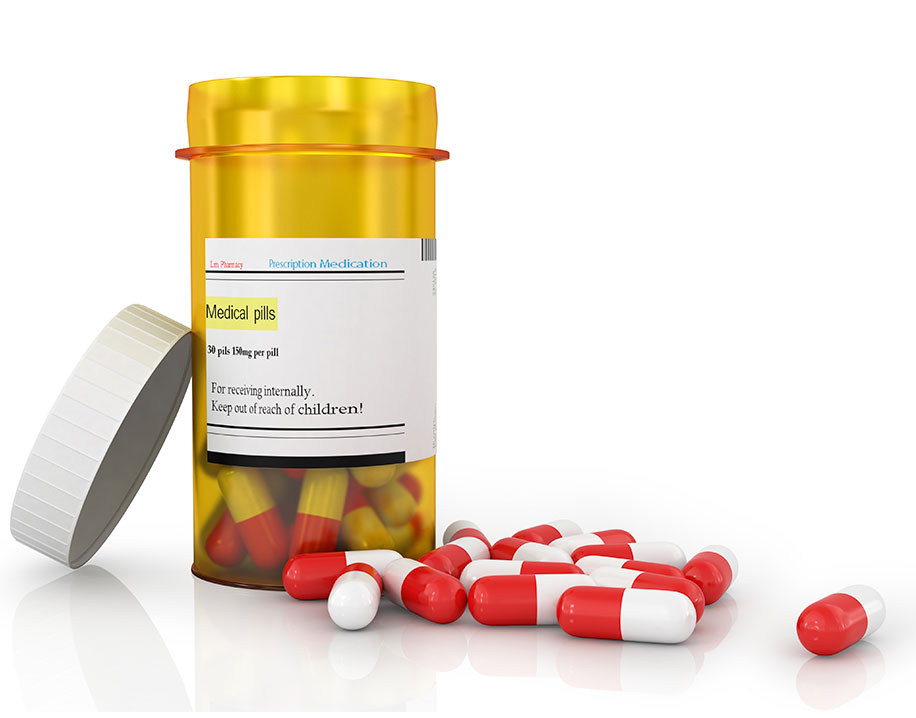Medicare Part D
Medicare Prescription Drug Coverage (Part D) is a prescription drug coverage insurance offered by private companies that have been, approved by Medicare.

Medicare Prescription Drug Coverage (Part D)
Except for certain situations, you should enroll in Part D when you first become eligible to avoid penalties.
Part D was designed to aid people with Medicare, lower their prescription drug costs and to protect against future costs. This prescription drug plan will allow you to have access to medically necessary drugs. Keep in mind Part D plans have a coverage gap.
The coverage gap begins after what you pay, and your drug plan pays reaches a certain amount for covered drugs. Once you and your plan have spent a specific amount on covered drugs, you're in the coverage gap and will have to pay a percentage of the cost of your meds out-of-pocket for your drugs up to a limit. Some people will reach “Catastrophic Coverage”. Catastrophic coverage refers to the point when your total prescription drug costs for a calendar year have reached a set maximum level ($6,350 in 2020). The threshold amounts for the coverage gap and catastrophic coverage do change each year.
Your yearly deductible, your co-insurance or copayments, and what you pay in the coverage gap all count towards this out-of-pocket limit. The limit doesn’t include the drug plan’s premium. Over the counter medicines are not covered by Medicare Part D.
You should review your Prescription Drug coverage every year.
Your actual drug plan costs will vary depending on:
-
The drugs you use
-
The plan you choose
-
Whether you go to a pharmacy in your plan's network
-
Whether the drugs you use are on your plan's formulary
-
Whether you get extra help paying your Medicare Part D costs
Need help making sense of Medicare Part D?
We can help help you make a plan for your prescriptions.
